John Douglas Moore (auth.)9783540614555, 3-540-61455-9
Riemannian, symplectic and complex geometry are often studied by means ofsolutions to systems ofnonlinear differential equations, such as the equa tions of geodesics, minimal surfaces, pseudoholomorphic curves and Yang Mills connections. For studying such equations, a new unified technology has been developed, involving analysis on infinite-dimensional manifolds. A striking applications of the new technology is Donaldson’s theory of “anti-self-dual” connections on SU(2)-bundles over four-manifolds, which applies the Yang-Mills equations from mathematical physics to shed light on the relationship between the classification of topological and smooth four-manifolds. This reverses the expected direction of application from topology to differential equations to mathematical physics. Even though the Yang-Mills equations are only mildly nonlinear, a prodigious amount of nonlinear analysis is necessary to fully understand the properties of the space of solutions. . At our present state of knowledge, understanding smooth structures on topological four-manifolds seems to require nonlinear as opposed to linear PDE’s. It is therefore quite surprising that there is a set of PDE’s which are even less nonlinear than the Yang-Mills equation, but can yield many of the most important results from Donaldson’s theory. These are the Seiberg-Witte~ equations. These lecture notes stem from a graduate course given at the University of California in Santa Barbara during the spring quarter of 1995. The objective was to make the Seiberg-Witten approach to Donaldson theory accessible to second-year graduate students who had already taken basic courses in differential geometry and algebraic topology. |
Table of contents :
Front Matter….Pages i-viii
Preliminaries….Pages 1-44
Spin geometry on four-manifolds….Pages 45-72
Global analysis of the Seiberg-Witten equations….Pages 73-116
Back Matter….Pages 117-121 |
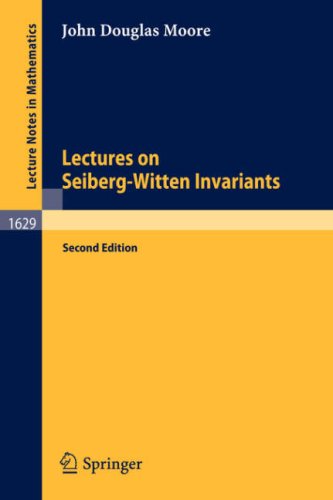
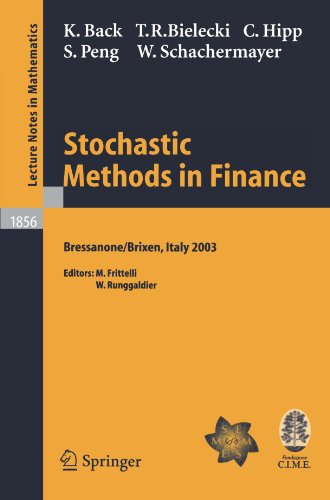

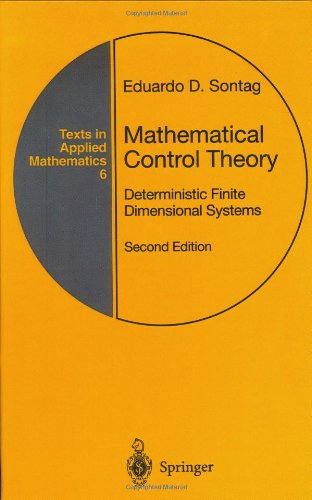
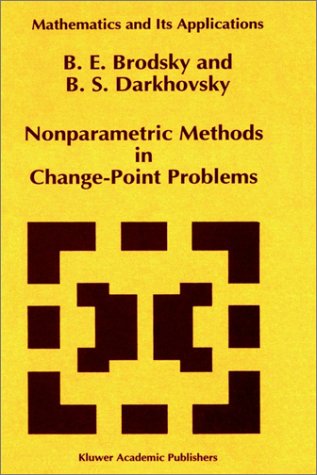
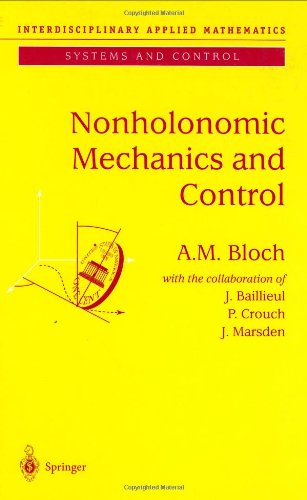
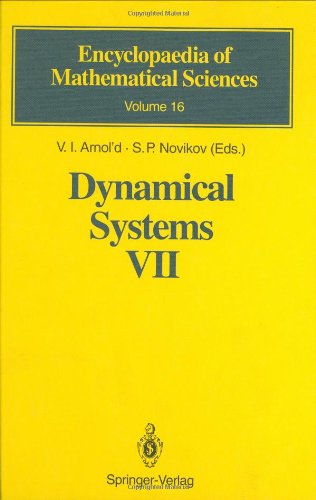
Reviews
There are no reviews yet.